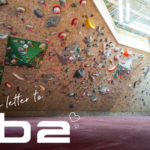A Love Letter to B2
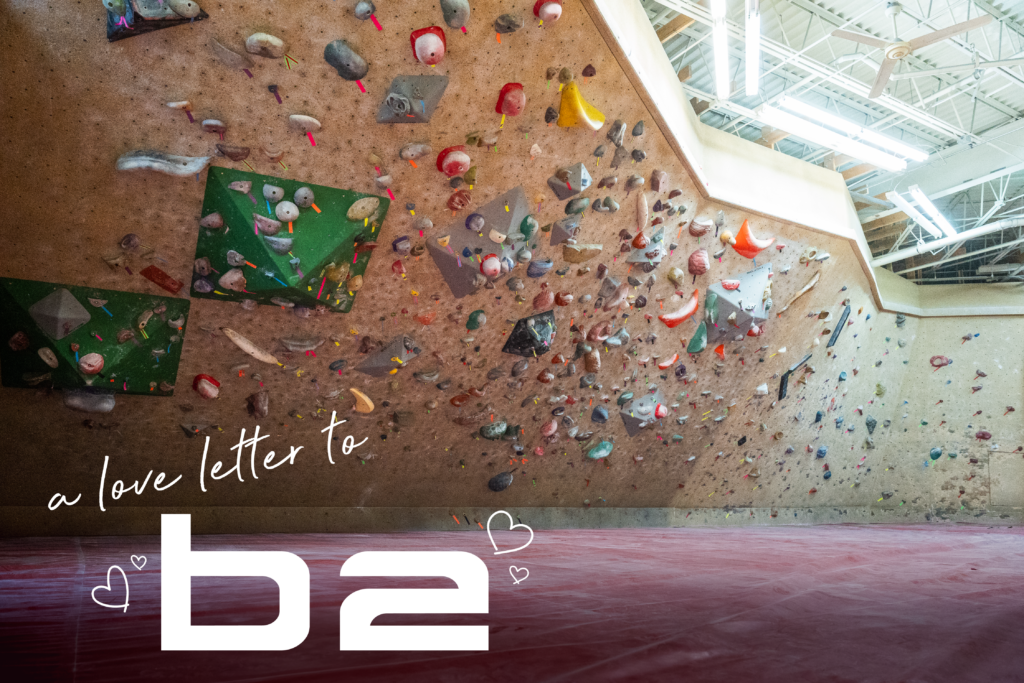
Walking into B2 is like stepping out of a time machine. It is a special feeling—a mix of nostalgia, excitement, and nervousness. The first thing you will notice is the tape. No monochromatic setting here, just old school tape and holds of every color. Heck, a lot of the holds themselves are even multicolored. It can be a little nerve wracking to start—what’s on? What’s off? No one is spoon-feeding you routes here.
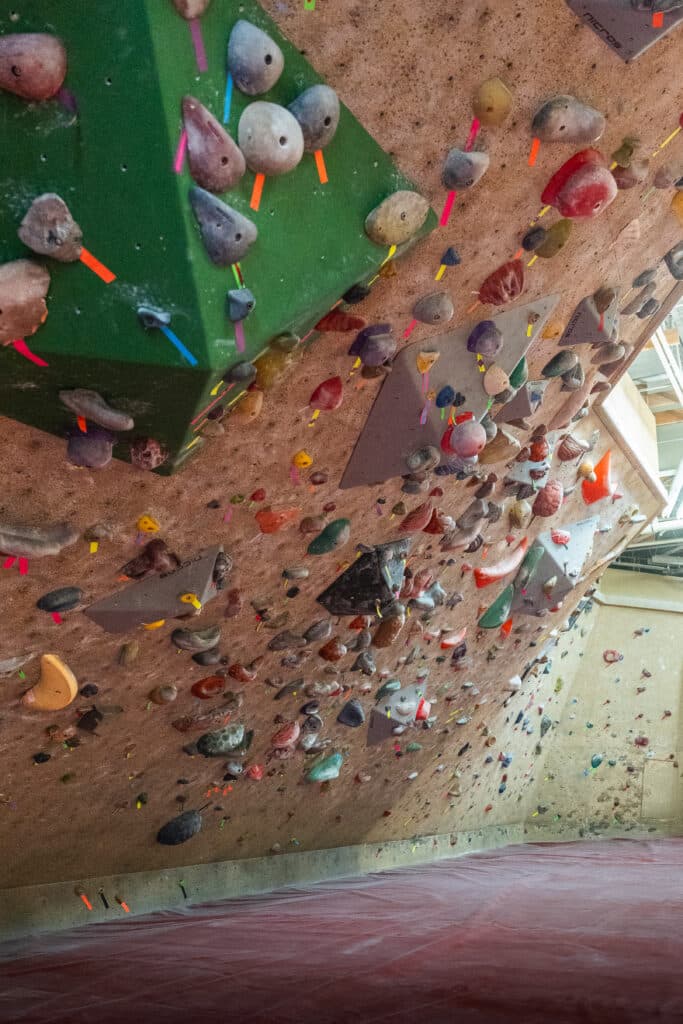
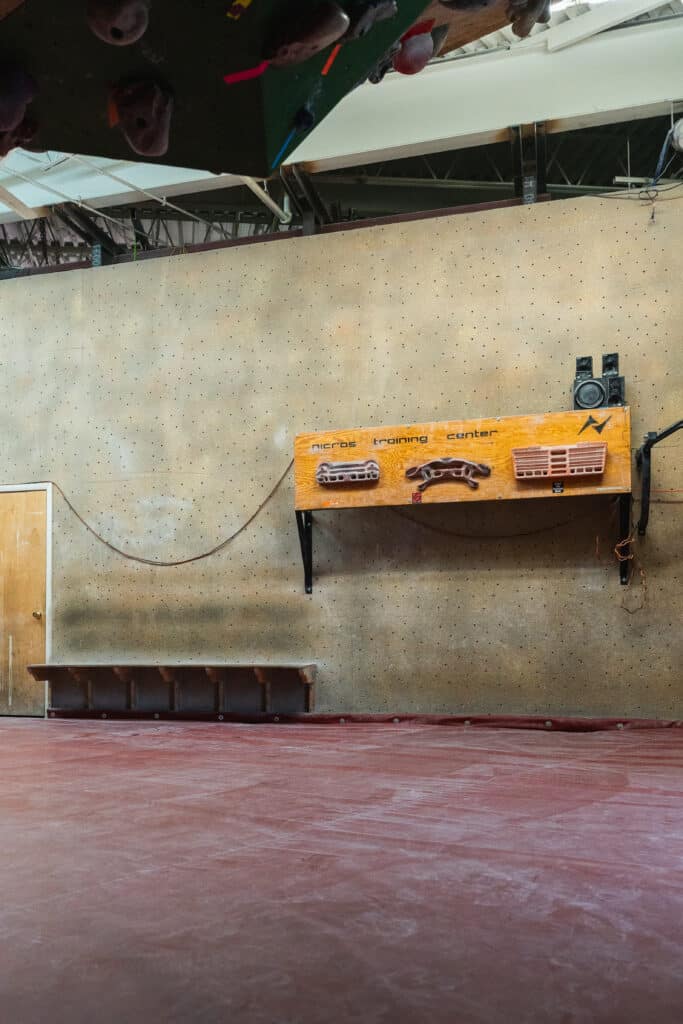
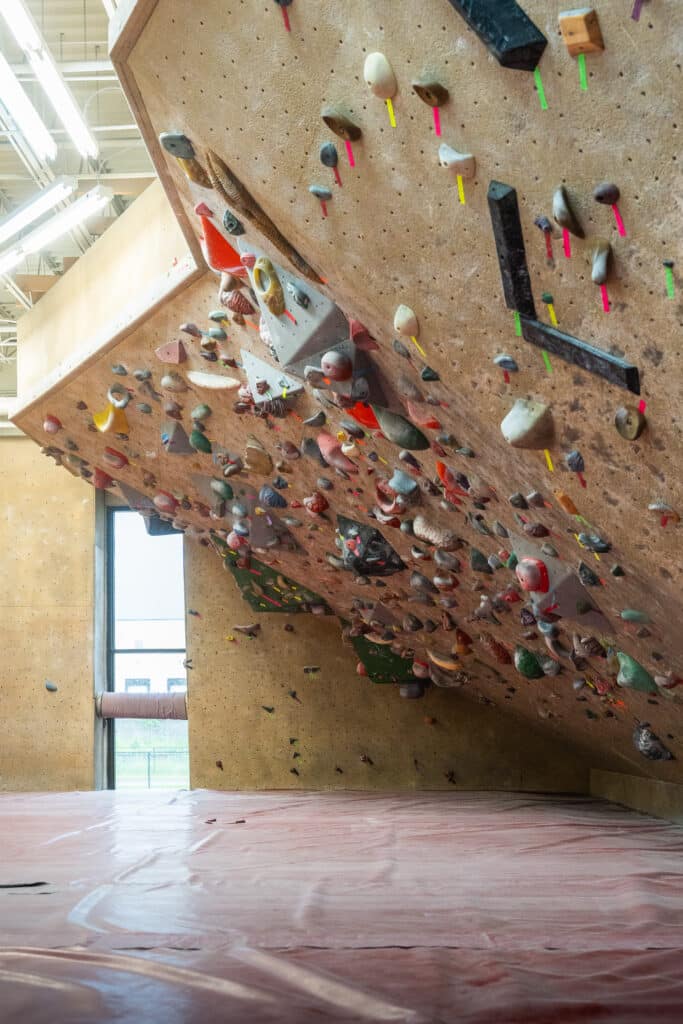
This is a place to try hard and get strong. Many strong climbers have spent time in B2, most notably Olympian Kyra Condie and World Cup Climber Alex Johnson. But if you call MN home, at some point or another that climber you see crushing outside has probably scaled the walls in B2. No gimmicks or tricks here, just hard holds and even harder moves. Height-wise, it’s less intimidating than the towering walls of Twin Cities Bouldering. Nestled above the party room and Nicros conference room, it’s not the widest. Yet it boasts a high density of boulders for climbers of all abilities who dare to climb on it. Beginner or elite, if you set your ego aside, B2 will teach you something. Are you willing to learn?
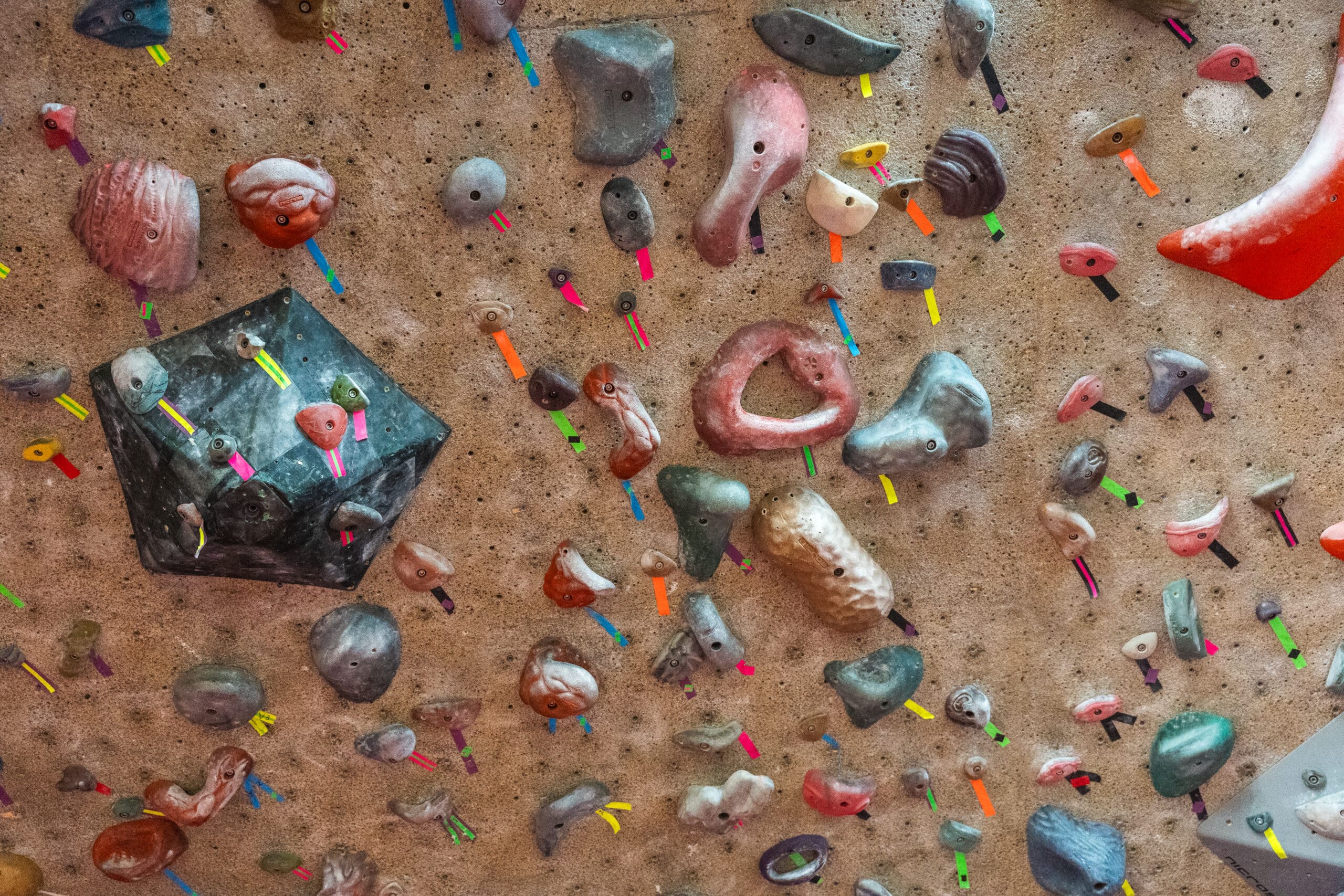
Tape? In today’s modern climbing world, tape has been long forgotten. Routes are monochromatic, and it’s easy to see what’s on and what’s off. Tape is the secret sauce of B2; with tape we aren’t bound to aesthetics. Purple can go with black can go with white, and red swirls can go with that chunk of granite someone made into a hold. There are endless possibilities and variations that know no bounds. Red tape, blue tape, green tape, black tape…if only it was that simple. In B2 you will find all those and more: green tape with a pink stripe, white tape with a yellow square, egrips tape, and more. This wide variety is what allows the high density of boulder problems to exist. At some points, B2 was home to more than 100 boulder problems, neatly assembled in perfect harmony.
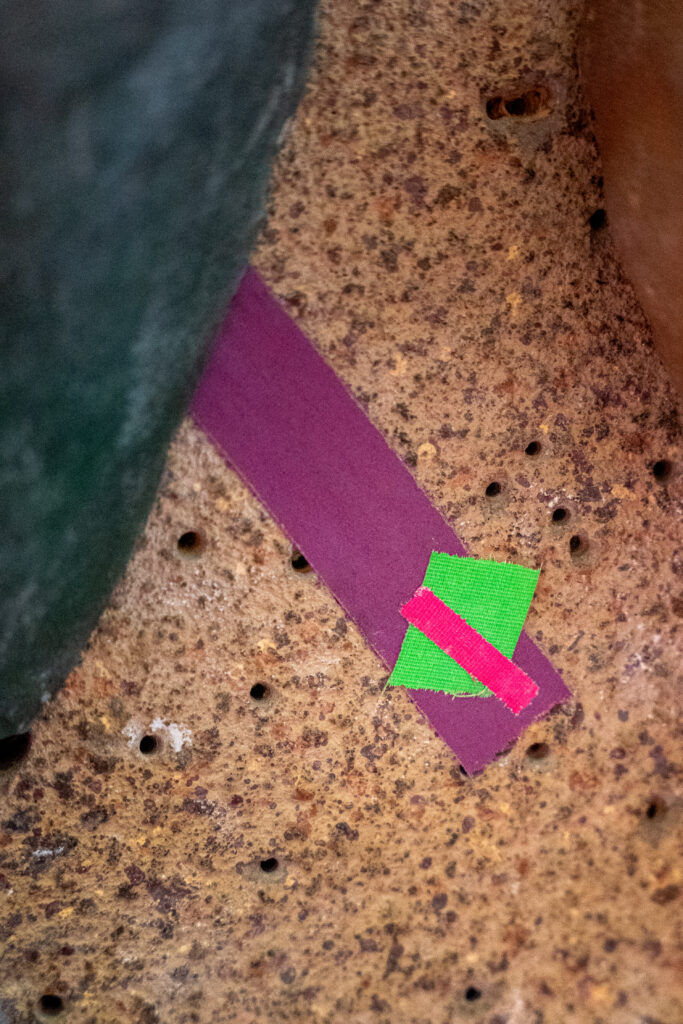
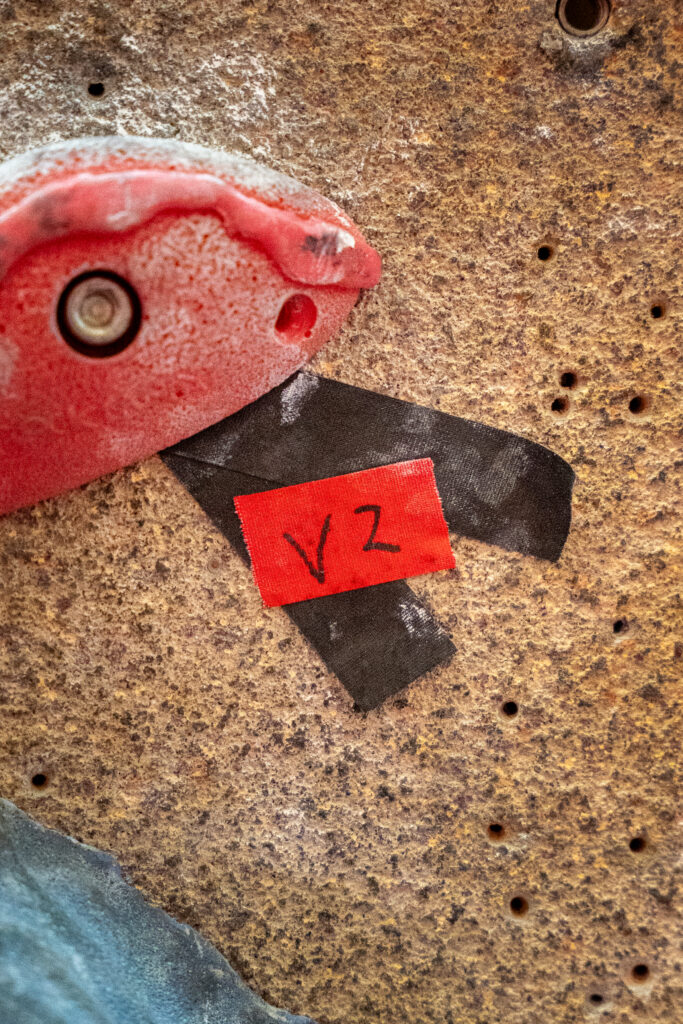
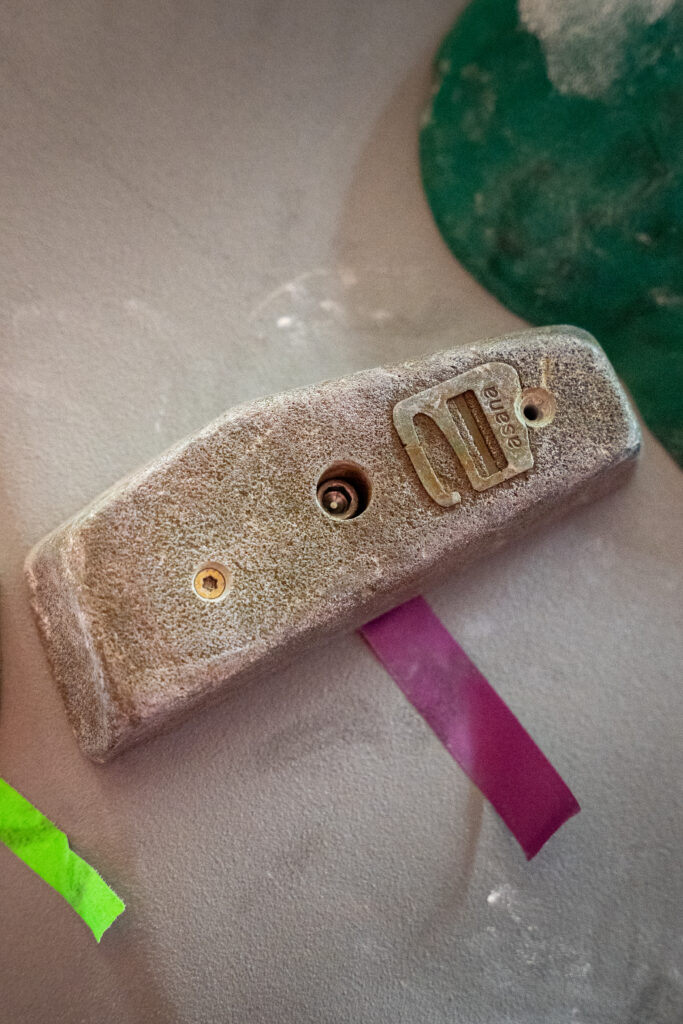
If the tape is the sauce, the holds are the meat of B2. Here you will find new and old shapes alike: holds dating back to the 90’s, holds made of real rock and holds made of wood, and classic shapes whose names have now been forgotten by most. If there was a Climbing Gym Historical Society, they would put B2 on the map.
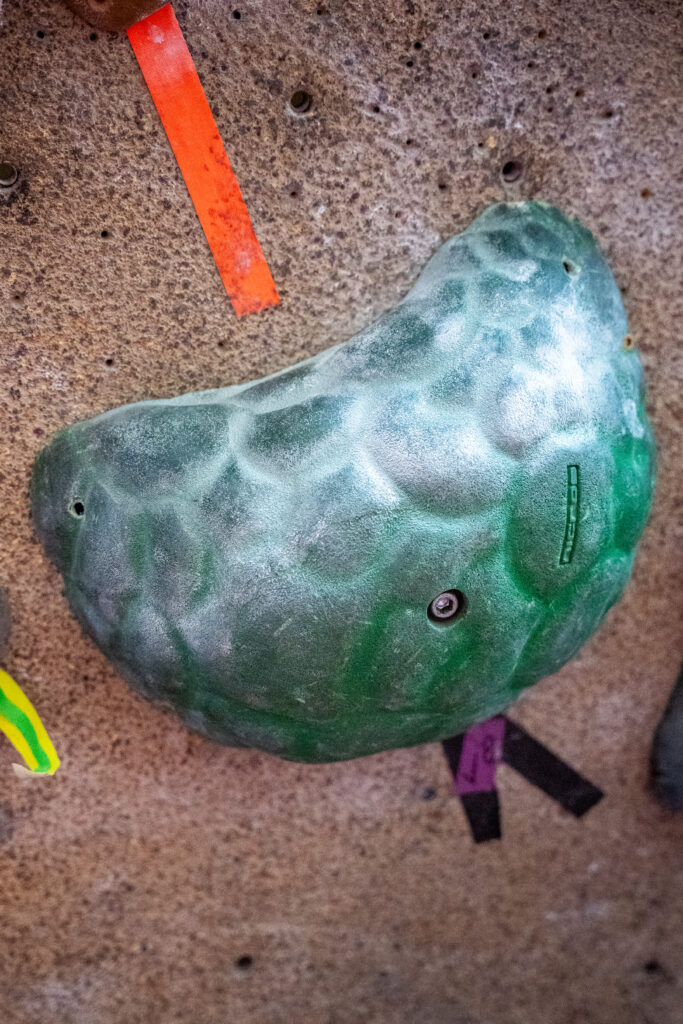
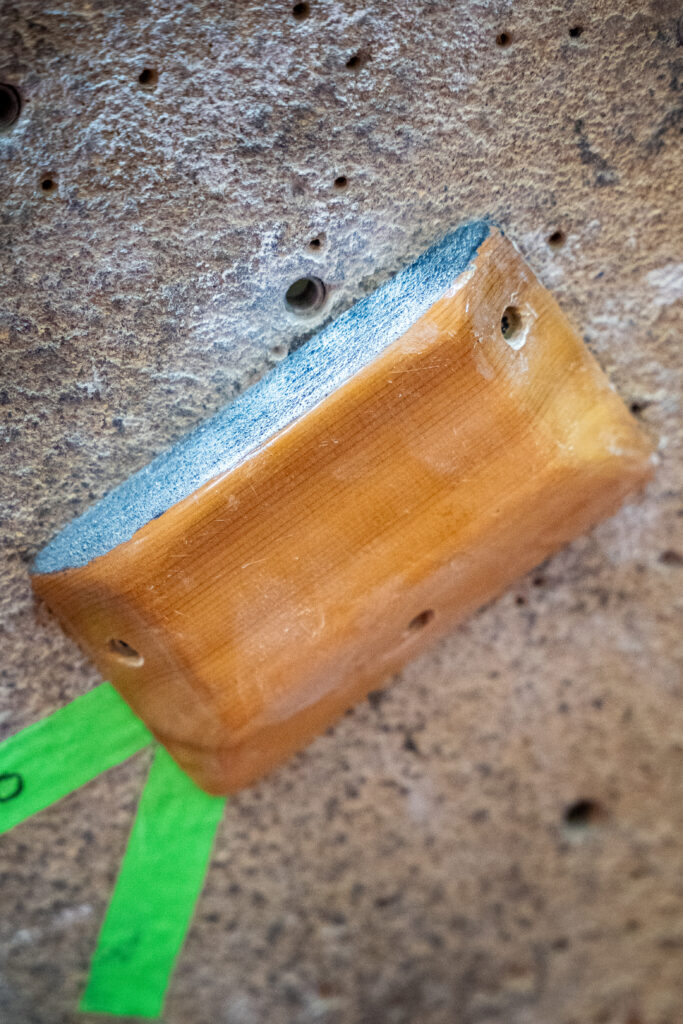
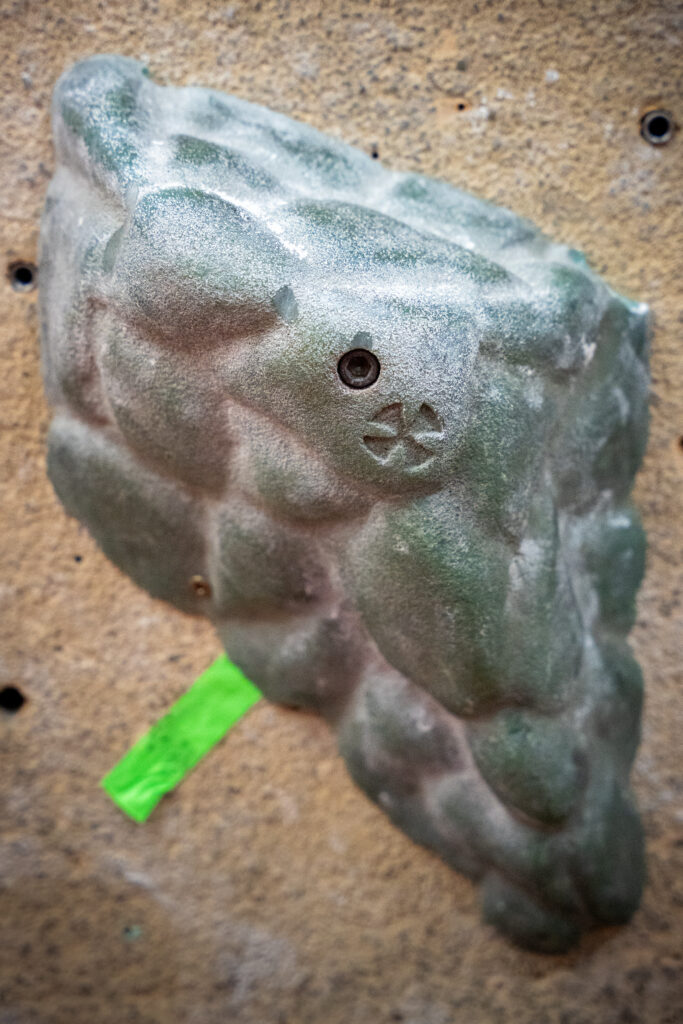
The tape is the sauce, the holds are the meat, and finally, the setters are the buns holding it all together. In B2 you aren’t going to find a lot of flashy, comp-style boulder problems. You’re going to find classic, burly, finger-curling, power boulders—like something straight out of an old Dosage film. It’s old-school bouldering at its finest. If bouldering is a staple in any climbing diet, B2 is the supercharged leafy greens of climbing.
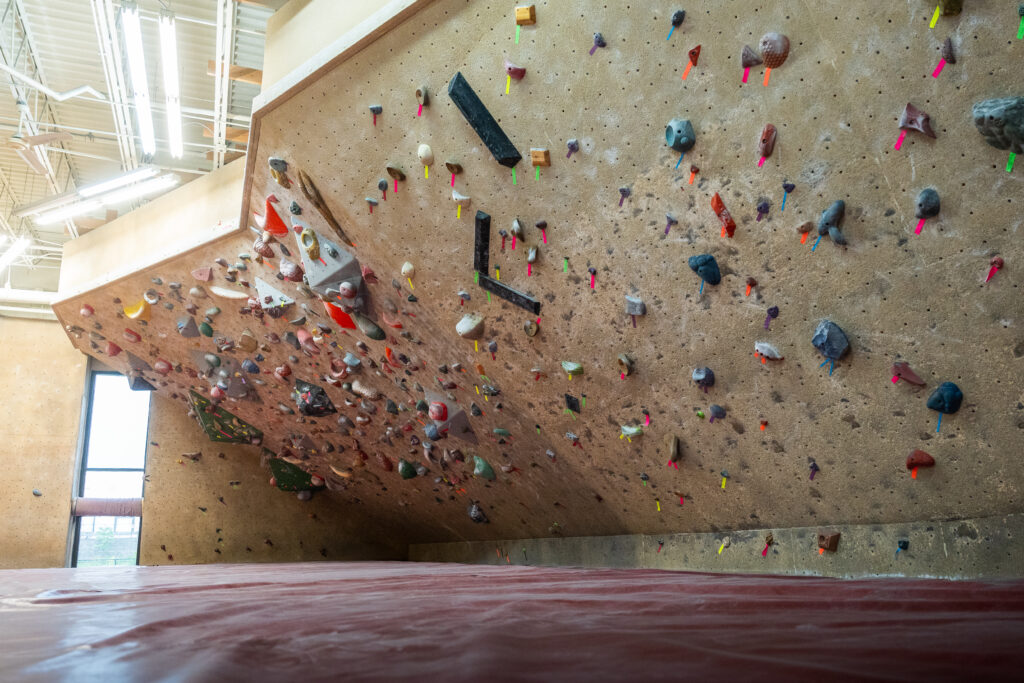
Why is B2 so great? As if the above wasn’t enough to convince you. When you mix old-school boulders with challenging holds that lack texture and put them on a steep wall, you get strong. Old-school handholds with little to no texture are harder to grab, so you have to squeeze harder and faster. The foot holds require strength and delicacy. Positions are less forgiving—you’re on or you’re off, and it’s hard to be in-between. There is no room for error. The steep walls force you to engage your fingers, core, and feet more. You aren’t just posting and standing, laddering up a climb; you are squeezing and keeping tension throughout the entire climb. Cut feet and you are in trouble. You need to engage and stay on your toes, using every technique possible to keep tension: heel hooks, toe hooks, drop knees, and more. There isn’t a gimmick to these routes, you just need that blend of strength and power coupled with technique and tension.
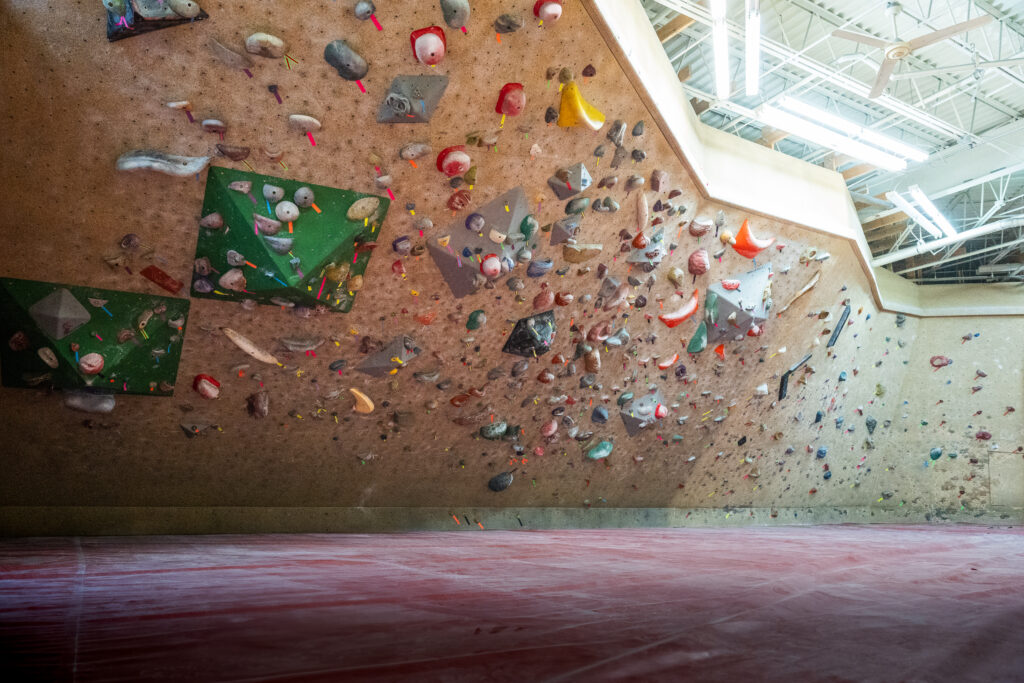
Tips and Tricks for B2
Patience. Analyze the routes. Make sure you aren’t missing any hands or feet. Skipping a hold could make a difficult route exponentially harder.
Sequence. Run the route in your head a couple of times while motioning the moves. Nothing is worse than being halfway up the climb and not knowing where that key foot or hand is.
Set your ego aside. B2 doesn’t care what grade you climb, or if that V2 is the same difficulty as the V2 at TCB. You will get what B2 gives you, and you will be thankful. Come in with a fresh mindset, start at V0 and work your way up, find your B2 bouldering grade, and work from there.
It’s going to feel different, and that’s okay. The walls are shorter, which means the routes pack more of a punch. Climbing on less textured holds might feel weird. Again, that’s okay! Squeeze harder; you will get stronger, and your skin will last longer.
Bring a friend! Just like Frodo going to Mordor, he didn’t do it alone; he brought Sam. Bring a friend and climb together! Climbing with friends can make new and challenging experiences a little bit easier, and way more fun.
Watch others, make new friends! The people who love B2 are obsessed, giving their entire climbing lives to the unique style. Watch how they move, how they succeed, and how they fail. One of the best things we do in climbing is emulate the style of those around us. Want to get better at B2? Emulate the style of B2 climbers!
Know when to leave. B2 is excellent for working that top-end bouldering strength and power. When you start losing that snap or power, it’s time to leave. The goal isn’t to accumulate junk mileage. Leave before you get injured or start accumulating fatigue. Also try to come fresh and rested and adjust your session accordingly.
Different kinds of sessions in B2
- Limit Day. After a thorough warm-up, focus on pushing yourself on the hardest climbs you can do. Project climbs, work individual moves and sequences. Lots of rest is key—we want to give good, high-quality attempts here. The goal shouldn’t be what you can do in a session, but what you can work to send in several sessions or more!
- Hard for You Day. Like a Limit Day, the goal is to try hard. Instead of multi-session, project-level climbs, try to send as many hard-for-you climbs as possible. These are climbs you can do. Difficulty-wise, they should be somewhere between ‘hard flash’ and ‘1–3 attempt’ climbs. The goal should be “Try hard, but with success.” Focus on executing perfect technique while trying hard.
- Volume Day. This is a great way to get moving on the wall, and a perfect first B2 session. The difficulty level should be flash level and below. Try and see how many climbs you can flash. If you don’t flash, consider giving it a good second try, and then move on. Expose yourself to as many different climbs on as many different angles and hold types as possible.
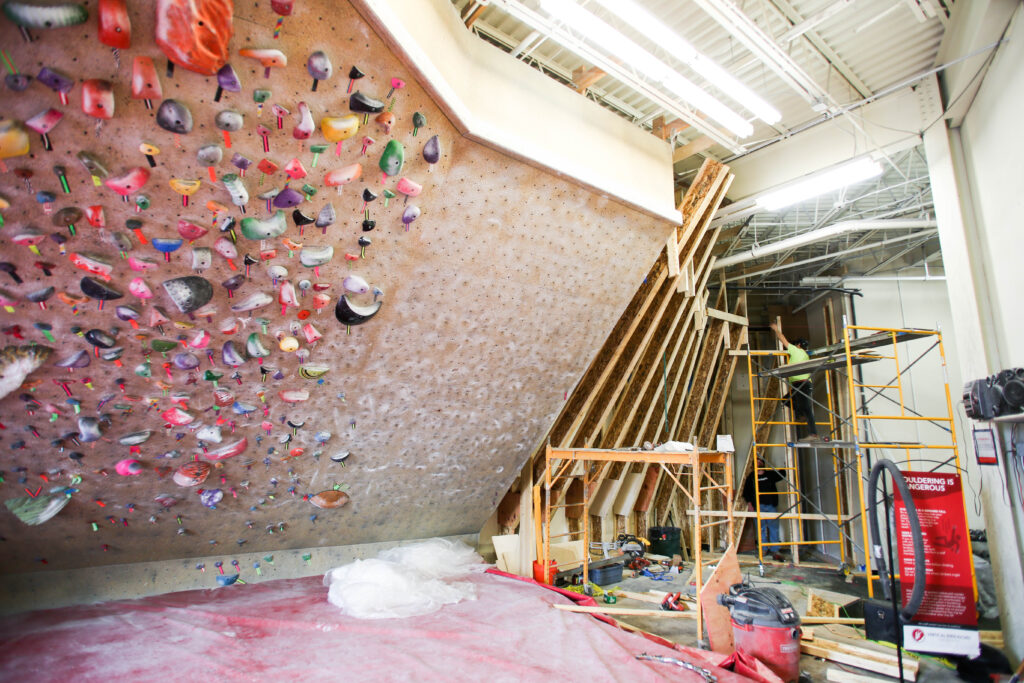
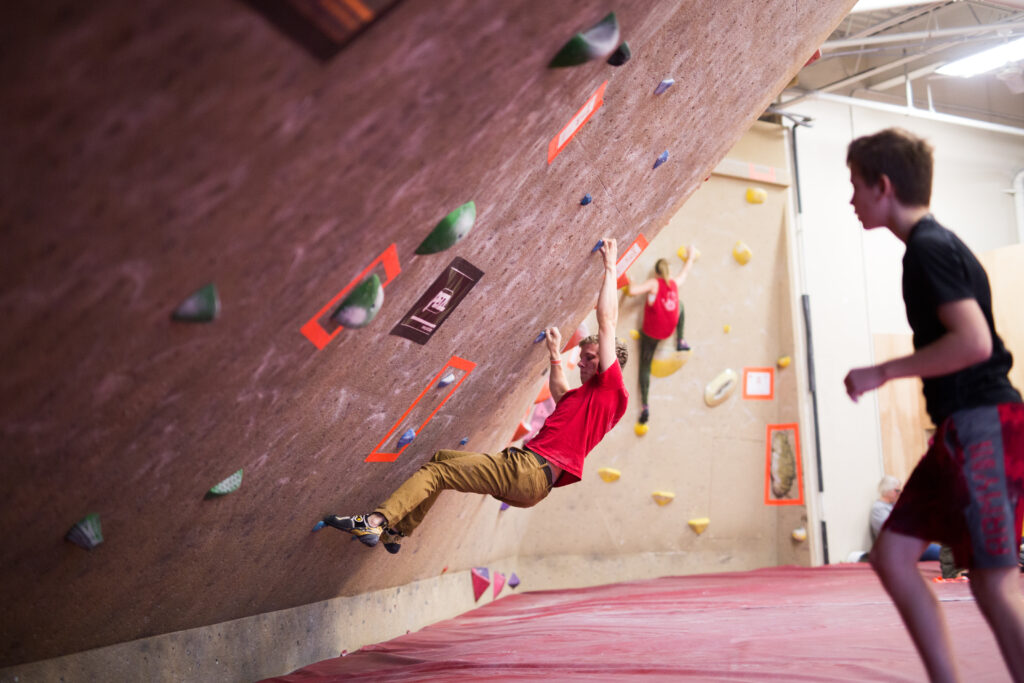
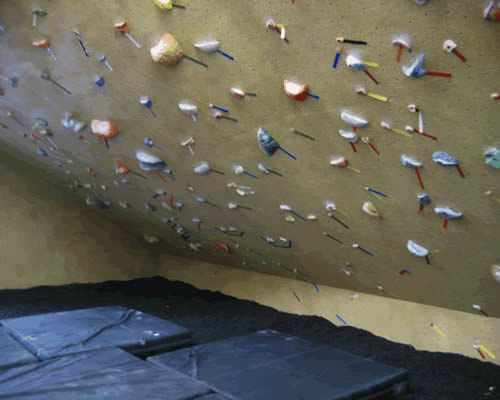
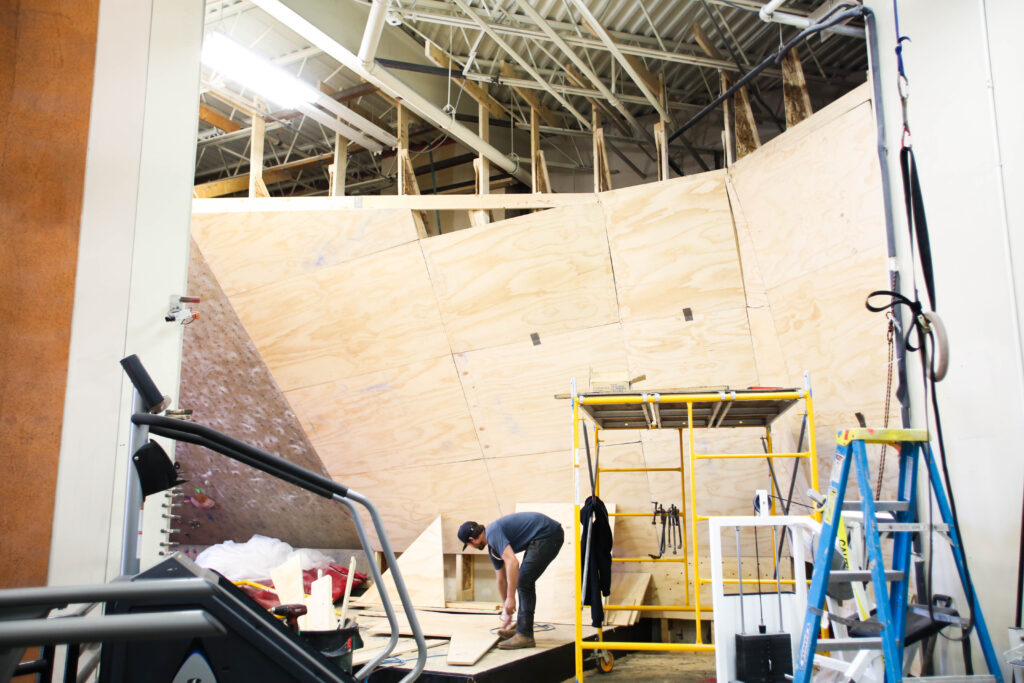
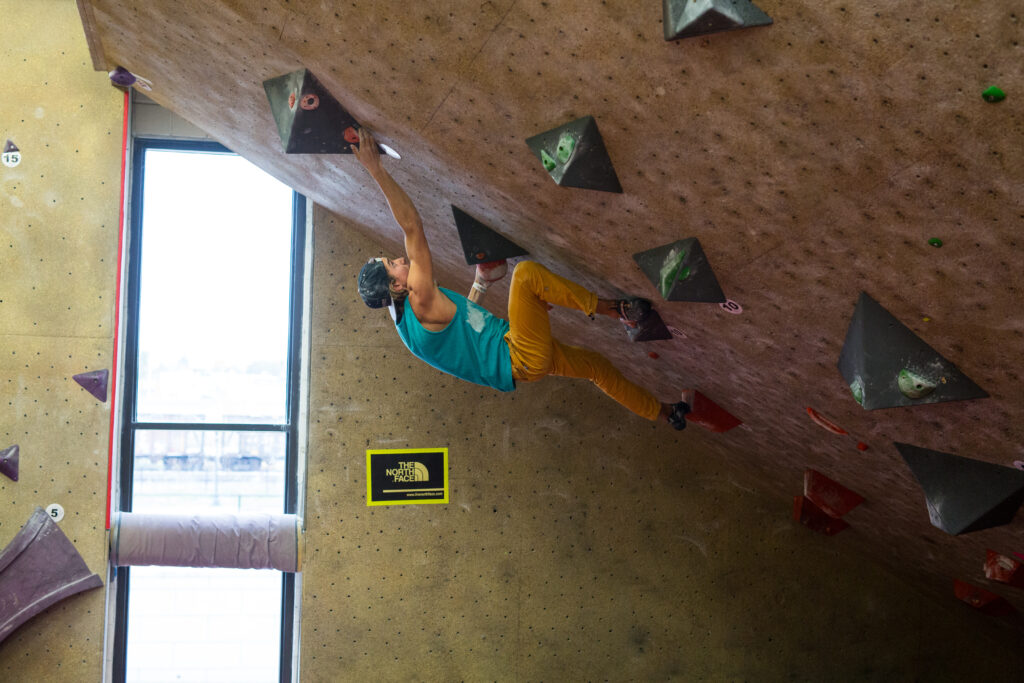
Climbing is dangerous, it involves inherent and other risks and cannot be eliminated. The information presented here does not describe all of the risks associated with climbing and is not intended to replace or supersede expert instruction and training.
© 2024 Vertical Endeavors, Inc. All rights reserved. The contents of this article, photographs, and graphical representations are protected by U.S. and International copyright laws. Reproduction and distribution, in part or whole, without written permission from Vertical Endeavors are prohibited. The opinions and information contained in this article are for entertainment and informative purposes. They are those of the author and may not represent those of Vertical Endeavors, and do not necessarily reflect the ideas, ideologies, opinions, or points of view of the organization, affiliates, owners, stockholders, partners, suppliers, licensors, or staff. Under no circumstances shall Vertical Endeavors or any entity that is, has been, or will be affiliated be liable for any indirect, incidental, consequential, special, or exemplary damages arising out of or in connection with the information contained in this article.

